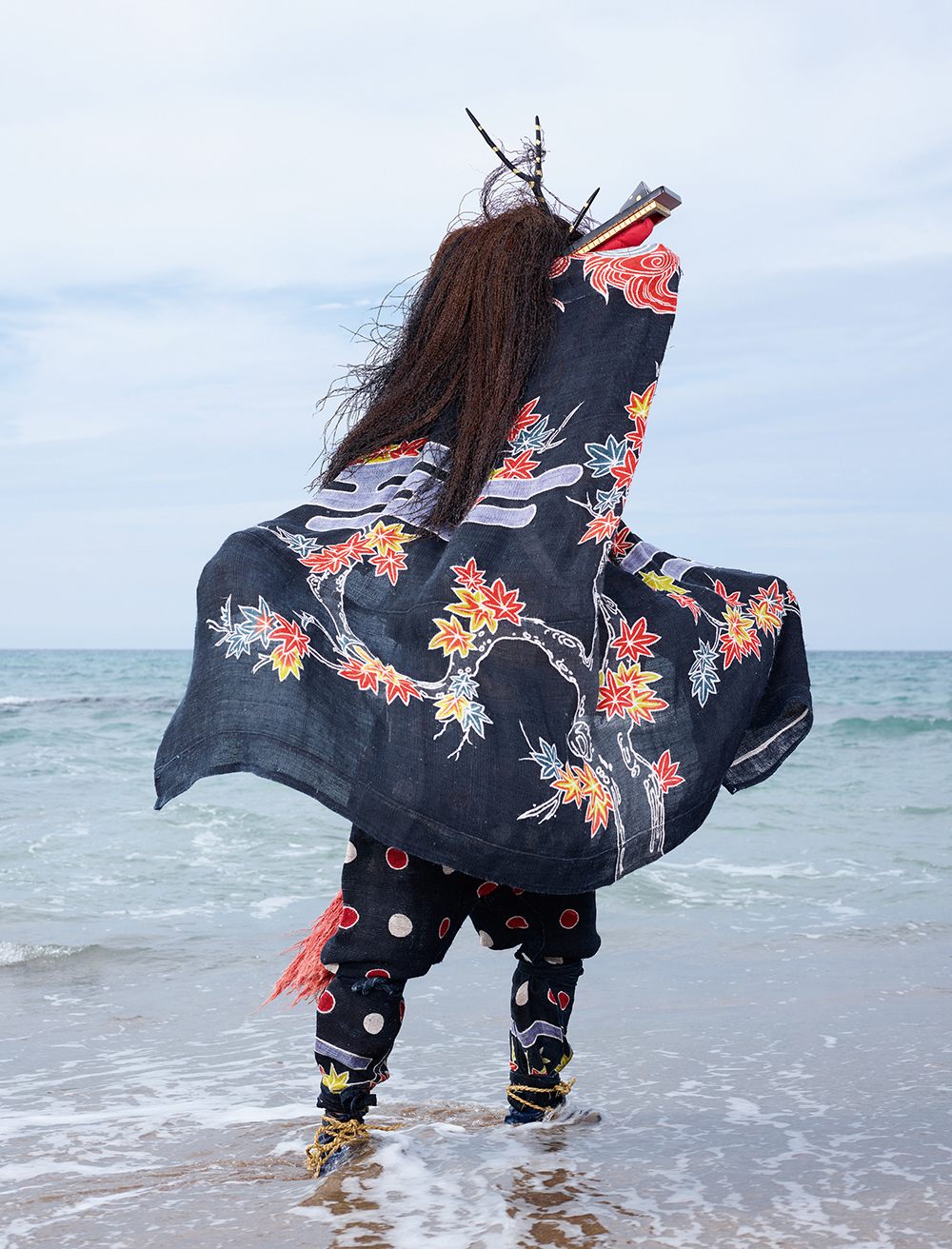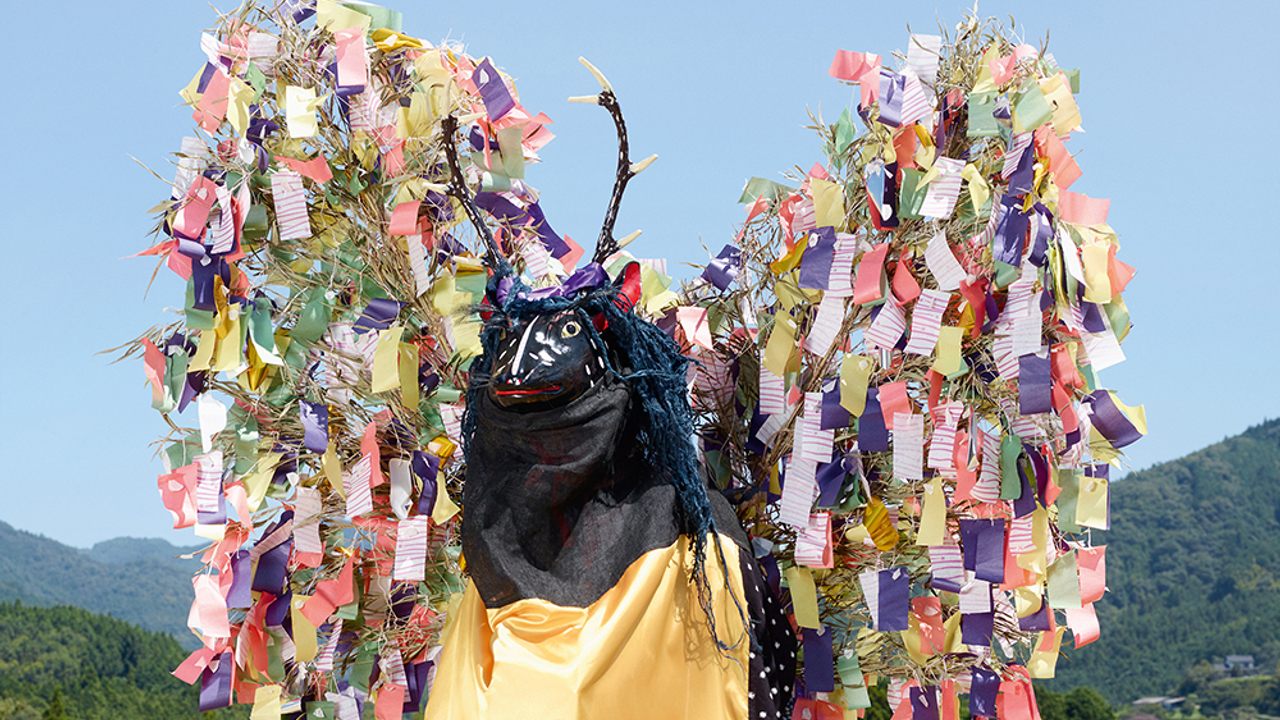Photographing the Incredible Costumes of Japan’s Supernatural Festivals
Bringing folklore to life with capes and masks.
Photographer Charles Fréger’s new book Yokainoshima: Island of Monsters might be named after an imaginary island, but its subjects are the very real performers that dress up as spirits and ghosts for local festivals. Yōkai, broadly speaking, refers to supernatural creatures that exist in Japanese folklore, from deities to demons, although Fréger acknowledges that it’s a difficult term to define. “In Japanese, Yōkai does not mean ‘monster’ in the strict sense of the word,” he writes. “It refers generally to the imaginary creatures which populate Japanese culture. They may be ghosts as well as demons, or even objects.”
Over a period of two years, Fréger travelled to Japan five times to capture the participants and rituals of local festivals. The idea of an island of Yōkai arose as, Fréger recalls, “throughout the project I always thought about being on an imaginary territory. We visited 20 islands, and we didn’t know what we would find on each.”
In the book, which features essays from experts in Japanese culture and folklore, there is a guide to these local characters. In the Kagoshima Prefecture, for example, Fréger photographed individuals dressed as a garappa, a version of the water spirit the kappa. (Atlas Obscura has previously reported on the long history of kappa in Japan.) As part of the Yokkabui Festival in the Kagoshima Prefecture, participants perform a garappa dance for the god of water.
Here is a selection of photographs from Fréger’s compelling series.

KASEDORI, Kaminoyama, Yamagata Prefecture. (Photo: © 2016 Charles Fréger)

ONJISHI, Yusutani, Seiyo, Ehime Prefecture. (Photo: © 2016 Charles Fréger)

MEJISHI, Ogi, Sadogashima, Niigata Prefecture. (Photo: © 2016 Charles Fréger)

SAOTOME, Ayashi, Sendai, Miyagi Prefecture. (Photo: © 2016 Charles Fréger)

GARAPPA, Takahashi, Minamisatsuma, Kagoshima Prefecture. (Photo: © 2016 Charles Fréger)

SAGI, Tsuwano, Shimane Prefecture. (Photo: © 2016 Charles Fréger)

The cover of Yokainoshima: Island of Monsters. (Photo: Courtesy Thames & Hudson)












Follow us on Twitter to get the latest on the world's hidden wonders.
Like us on Facebook to get the latest on the world's hidden wonders.
Follow us on Twitter Like us on Facebook